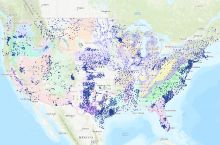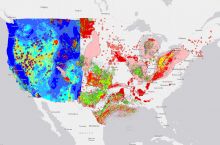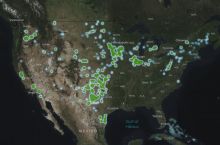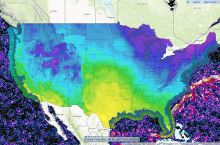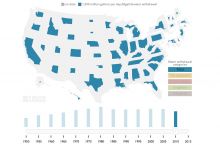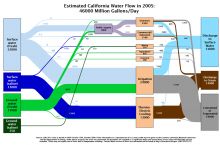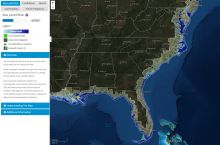By the numbers: Washington
- 12,118 geoscience employees (excludes self-employed)1
- 1.53 billion gallons/day: total groundwater withdrawal3
- $901 million: value of nonfuel mineral production in 20174
- 132 total disaster declarations, including 78 fire, 28 flood, and 16 severe storm disasters (1953-2017)⁶
- $34.4 million: NSF GEO grants awarded in 201714...
Agencies Working on Geoscience Issues in washington
Ecology is Washington’s environmental protection agency. The mission is to protect, preserve, and enhance Washington’s land, air, and water for current and future generations.
The Washington DNR, of which DGER is a division, informs the public, government, and industry about the consequences of geologic events and about the nature of the land. DNR monitors, assesses, and researches the causes of earthquakes, landslides, and volcanoes--critical information for both government and private sector planners working to reduce the human and financial effects of natural disasters.
During state emergencies, EMD manages the State Emergency Operations Center located on Camp Murray, near Tacoma, and coordinates the response to ensure help is provided to those who need it quickly and effectively.






